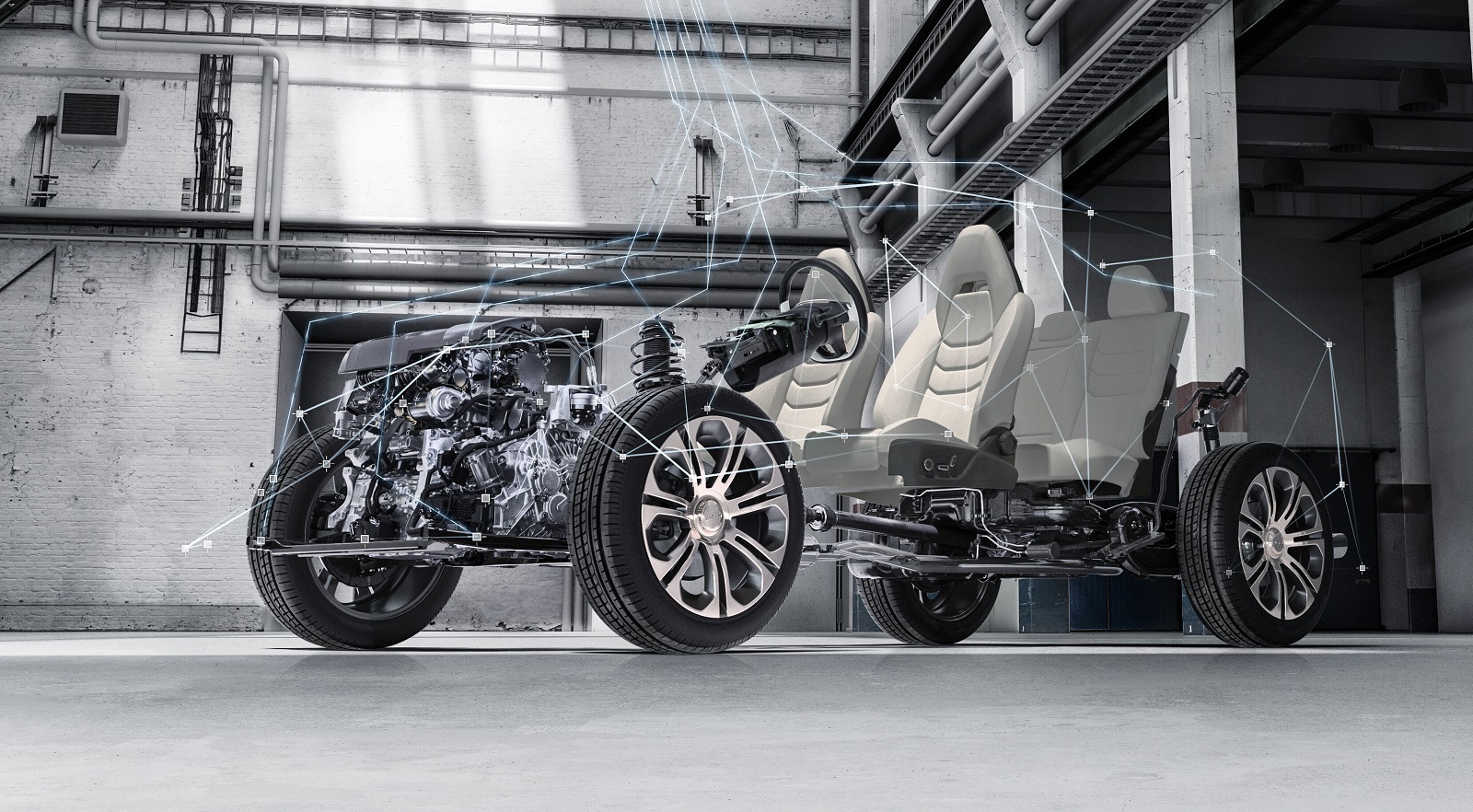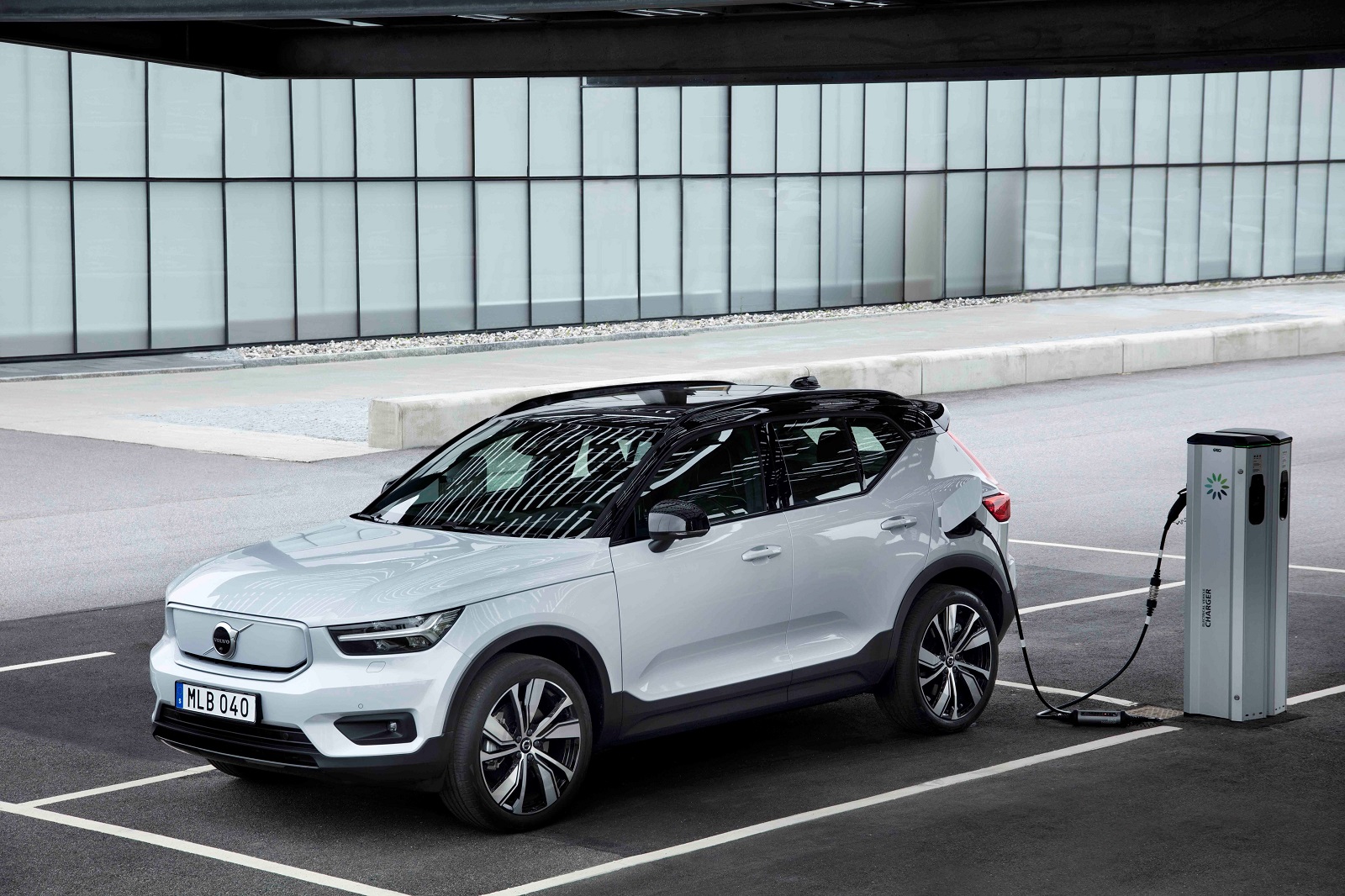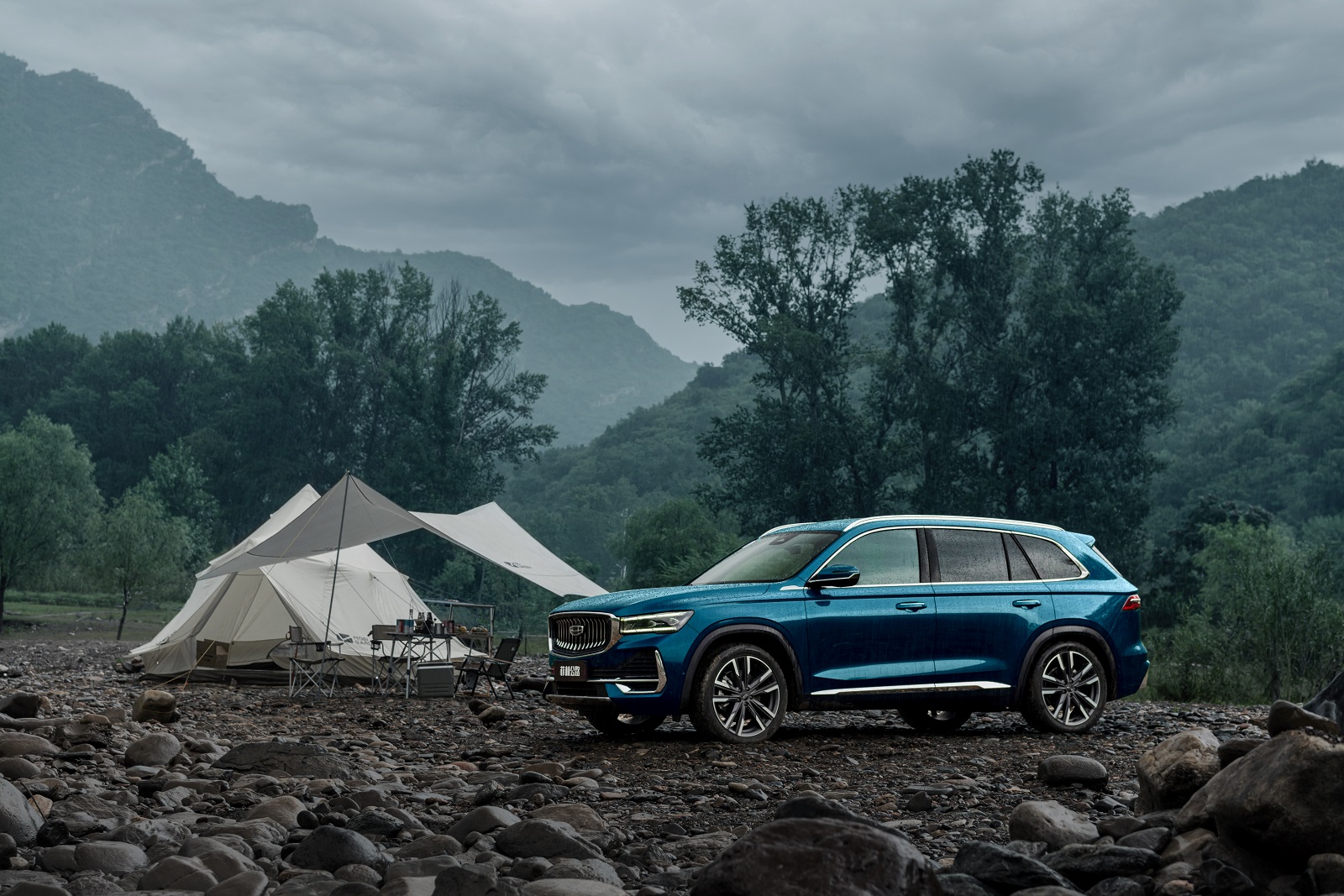Five years since the first Compact Modular Architecture (CMA) vehicle left the production line, more than 1.4 million CMA vehicles have been delivered.
Described by one of its founding developers as having the potential to be the most used architecture in the world, the Geely and Volvo jointly developed Compact Modular Architecture (CMA) reached a historic milestone in 2021 with its 1 millionth vehicle leaving the production line. By the end of the year and just five years since production started, more than 1.4 million CMA vehicles had been delivered to customers around the world.
The Birth of a Global Architecture
Development of the CMA began in 2013 at CEVT – China Europe Vehicle Technology, a newly established R&D Centre in Gothenburg, Sweden where Geely and Volvo Cars collaborated to develop a new global C-segment architecture. Gathering thousands of engineers from around the world, CEVT created a set of guidelines and standards which guided automakers on developing new vehicles and gave designers the freedom to create their own “top hats.” Above all, it informed factories and suppliers on how to increase their efficiency and quality.
Created from the onset to meet the requirements of different brands, sold in different countries, and supporting multiple powertrains systems including fully electric, the CMA is one of the most versatile vehicle architectures in existence. The initial benchmarks set by Volvo and Geely required the CMA to have world-class safety in its DNA, overall lightness for vehicle electrification, versatility to allow for different brand and vehicle personalities, and advanced connectivity to remain relevant in the on-going digital revolution.
From 01 to 1.4 million
In November 2017, the first CMA vehicle, the Lynk & Co 01 SUV, was delivered to its users. Lynk & Co was the first brand to use the CMA and was a brand created along with architecture. As a brand, Lynk & Co is built around the strong connectivity features inherent in CMA. Developed with the future in mind, CMA comes with a robust electrical/electronic architecture which supports ultra-high speed data connectivity and full OTA (Sofware Over the Air) upgrades. Capitalizing on this, Lynk & Co is fast becoming one of the world’s most connected and sharable mobility brands. In addition to the 01, Lynk & Co launched in succession the 02 Hatchback, 03 Sedan, and 05 Coupe-SUV developed on the CMA. In just over 4 years since the brand’s first delivery, Lynk & Co has won the approval of nearly half a million users around the world.
Following closely after the Lynk & Co 01 launch came Volvo’s XC40, which quickly became one of the brand’s most popular models worldwide. The compact SUV opened the door to a new market segment for the luxury Swedish car maker. Highlighting the versatility of the CMA, the XC40 comes with several different powertrain systems, traditional ICE, mild-hybrid, plug-in hybrid, and fully electric (XC40 Recharge). As a vehicle architecture designed from the onset to accommodate different powertrains, no compromise has been made to offer more choices to consumers. To date, more than 600,000 XC40s have been delivered to happy users around the world. Following the success of the XC40, Volvo has launched the C40 Recharge, a fully electric Coupe SUV, in late 2021.
A Guiding Star
While Volvo has launched fully electric CMA models, they were not the first. That achievement goes to Polestar, an electric performance car brand, which launched the Polestar 2 in 2019. Polestar began under Volvo, but became independent in 2017. Focusing on uncompromised design and technology, the freedom that CMA offers designers and the architecture’s advanced connectivity led to the creation of the Polestar 2. After its first full year of deliveries in 2021, nearly 40,000 Polestar 2s have been handed to customers.
As one of the original developers of the CMA, Geely Auto has also launched several flagship CMA models. Geely Auto’s “Star” series launched in 2019 with the CMA Coupe SUV the Xingyue, followed by the brand’s first CMA sedan, the Xingrui in 2020, and its first CMA SUV, the Xingyue L in 2021. For Geely Auto, CMA showed the path to a brighter future for the brand – CMA would allow the brand to showcase its most advanced products and technologies. The brand’s first plug-in hybrid came with the Xingyue (Tugella), the brand’s first 2.0L 4cylinder Drive-E engine came with the Xingrui (Preface), and first dedicated hybrid powertrain system came with the Xingyue L (Monjaro). Immensely popular with Geely Auto users, the CMA opened the door to a new era of modular architectures for the brand. To date, Geely Auto has delivered nearly three hundred thousand CMA-based vehicles to users in China, Russia, and the Gulf markets.
The Future
For these brands, each with their own distinct positioning, design, user base, and markets, utilizing the CMA has shown that the architecture is truly one of the most versatile and applicable architectures in the world. So far, all four brands have some relation to Geely Holding Group but in the future, use of the CMA will not be completely reserved for its own brands. In early 2022, Geely Holding Group and Renault announced that they’ve signed an agreement for Renault-Samsung to develop CMA-based models and produce them at their South Korean plant. While the CMA has sold millions of cars across different brands, it seems it has not yet reached its full potential…







